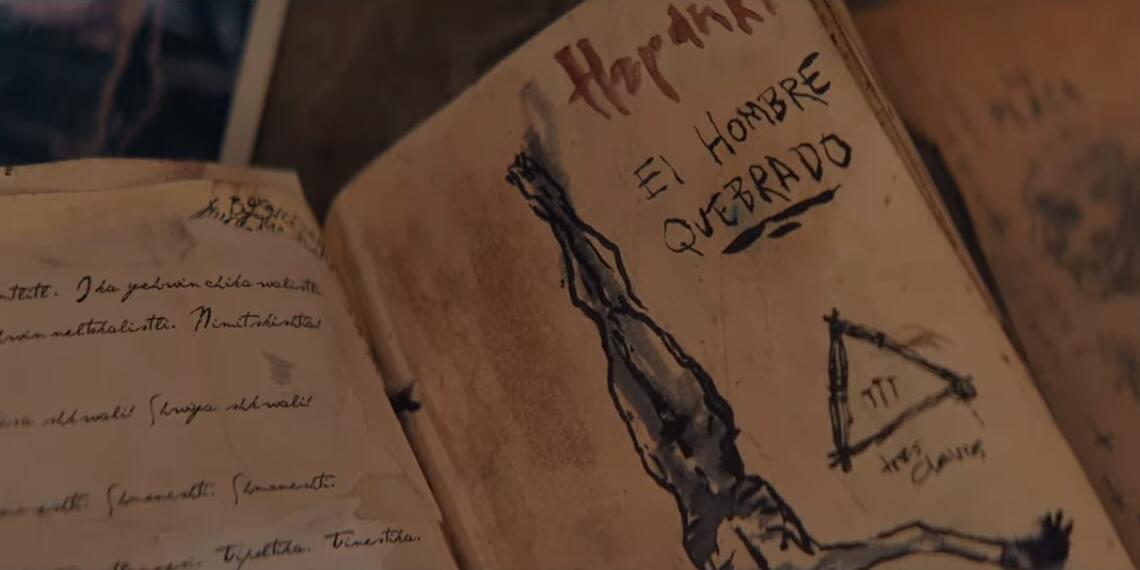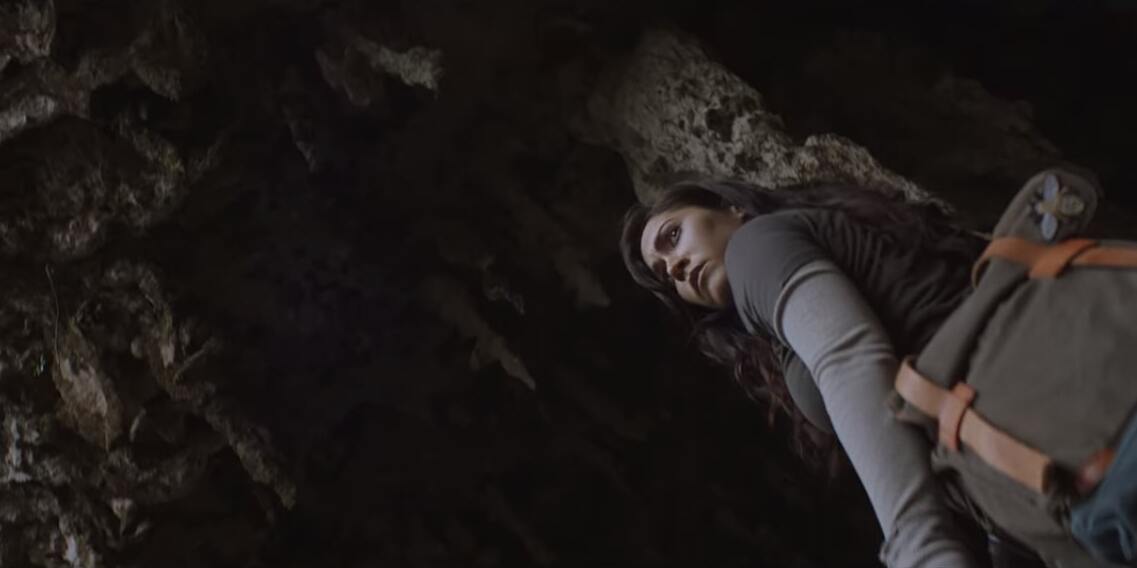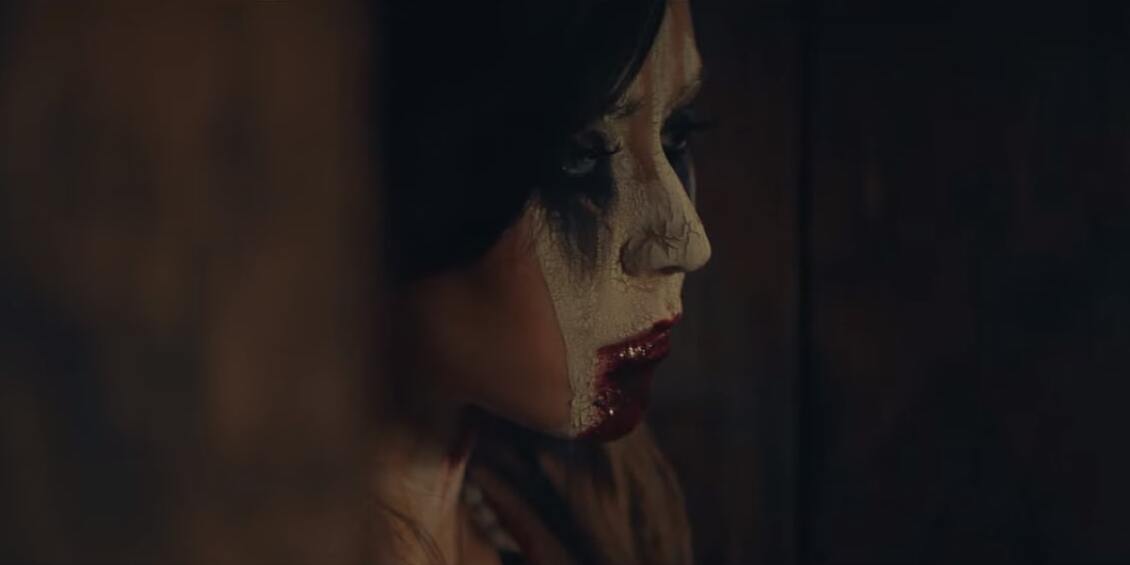Helmed by Christopher Alender, ‘The Old Ways’ is partly a bruja exorcism horror, a somewhat family reunion drama, and partly a story of cultural intrigue. The narrative follows Mexican-American journalist Cristina Lopez, who goes back to her forgotten hometown searching for a lost culture. However, after a tour of the allegedly haunted La Boca cave tunnels, she ends up in the custody of a local bruja and her son, as the locals think her to be possessed by a demonic spirit. The demon manifests in manifold ways, and the vision of bloody objects coming out of a belly will never get out of your head. However, if you seek to know whether the tale of a skeptic journalist turning into a believer is rooted in reality, let us take you to the roots of the story.
Is The Old Ways Based on A True Story?
No, ‘The Old Ways’ is not based on a true story. However, the death of old traditions and cultures is a worldwide phenomenon in the modern technocratic civilization, and thus the theme attains a universal significance. Christopher Alender directed the movie from a script penned by Marcos Gabriel. The story is about roots – and it is not surprising that to create the skeleton of the story, Gabriel was inspired by his Puerto Rican roots. The screenwriter took the bulk of the film’s mythology from stories he heard in childhood from his mother and grandmother.

Gabriel’s mother told him about a story of a bruja visiting their house to perform an exorcism rite. Gabriel’s mother was only ten years old when the bruja initiated the healing of her father. Shockingly enough, Gabriel was born and raised in a strict Catholic environment. They were not allowed to practice such rituals within the purview of Catholicism, but the prevalence of bruja practices reveal something about the integral confluence of cultures in the region. Gabriel is fond of exorcism movies, but he thought to write a script from a different cultural standpoint. In stark contrast to usual exorcism movies, the story is told from a first-person point-of-view, which adds a confessional aspect to the story.
Gabriel removed all of the cliched images these movies usually contain – like pentagrams and crosses – and replaced them with indigenous symbols and practices. The deliberate stance creates an otherworldly aura around the tale. In turn, the process of direction became, for Alender, a sort of an archaeological experiment. Alender and Gabriel probed deeper into the internet to learn more about the ancient rituals and practices. Some surgeries and techniques of cleansing, therefore, can be found on Google or YouTube. However, the setting was not decided right off the bat.
Alender did some more research to place the movie in a setting that would be culturally intriguing and visually exciting. After much brainstorming, they chose Veracruz, Mexico, due to the region’s layered cultures. Puerto Rico naturally has a strong Afro-Caribbean influence, and Veracruz also has some unmistakable Caribbean influences. During the pre-Hispanic period, the state was inhabited by four indigenous cultures — Huastecos and Otomíes up north, Totonacas in the northern-central territory, and the ancient Olmecs in the south.

Anthropologists regard the Olmecs to be the mother culture of many Mesoamerican civilizations. The Huastecos also bore linguistic resemblances to the Mayan civilization in the south, and their agricultural methods were also similar. These civilizations were gradually replaced by the Aztecs and then the Spanish Catholics. Since the discovery of the port city by Hernán Cortés in 1519, the city of Veracruz served as a significant entry point for the colonizers.
The Spanish name Vera Cruz translates to English as “True Cross,” which relates to the Christian holiday Good Friday. The name itself indicates the Catholic roots that are ingrained in this region. And the specific community of Catemaco, Cristina’s hometown in the movie, is known to be the witchcraft capital of Mexico. Magic and sorcery are intricately woven into the tapestry of the local culture of Catemaco. The eclectic traditions directly result from an amalgamation of Catholic and pre-Hispanic cultural practices, especially the Olmecs. Therefore, although the story itself is fictional, it rests on quite solid grounds.
Read More: Where Was The Old Ways Filmed?


You must be logged in to post a comment.